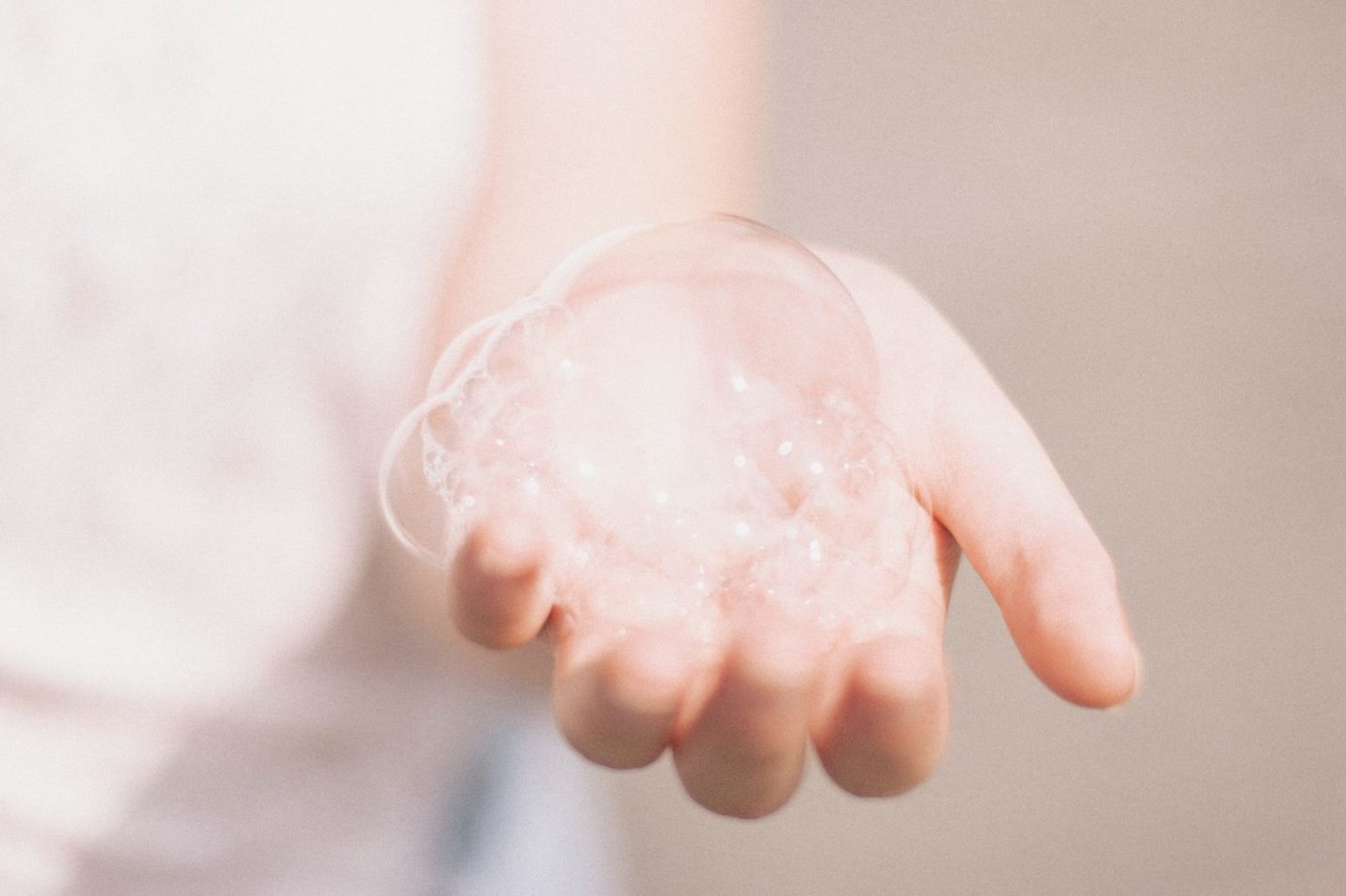
Fabric of Hair Investigates:
Clean hair products?
Natural hair care products?
Organic hair products?
What’s the difference?
And is that difference important? 🧐
Just the same way you care about the products you use on your skin or the food you eat, you should care about the products you use on your hair. The ingredients in these products can have a big effect on your hair’s health, which can, in turn, have a big effect on your hair’s appearance and, in your confidence in your appearance.
Unfortunately, many hair care products contain ingredients that aren’t very good for your hair. These ingredients may perform a specific task well, but, ultimately, they’ll hurt your hair and risk breakage, thinning, and other undesirable effects.
Example:
You know how your shampoo turns to foam when you mix it with water in the shower or bath? For many shampoos, that state change is because of sulfates.
Sulfates are the ingredients that help shampoo mix with water. They create that pleasant, foaming sensation that makes your hair feel nice and squeaky clean.
From one perspective, they do their job. They help your shampoo effectively remove oil, dirt, and dead skin from your hair. They make your shampoo better at cleaning your hair.
But from another perspective, sulfates are actually bad for your hair. Sulfates, particularly in high concentrations, are so effective that they can cause damage to your scalp and hair. They are such good cleaners that they strip away the proteins and oils that your scalp and hair need to thrive. Without these proteins and oils, your hair becomes weak and more prone to breakage and damage.
Sulfates can also cause a painful skin condition called contact dermatitis, which is a red, itchy rash caused by an allergic reaction to a substance.
Hair Care Ingredients to Avoid
Here’s a short list of common hair care ingredients you should avoid due to their potential negative effects:
- Sodium Lauryl Sulfate (SLS)
- Sodium Laureth Sulfate (SLES)
- Methylparaben
- Ethylparaben
- Propylparaben. Let me break it down:
- Clean hair products: “Clean” is an industry-standard term that refers to products that don’t use dangerous chemicals like sulfates and parabens.
- Organic hair products: The term “organic” is regulated by the USDA. For something to be labelled as organic (whether that’s your food or your shampoo), it needs to be grown without use of pesticides, chemicals, artificial fertilizers, and more. Something that’s labeled as 100% organic must contain at least 95% certified organic ingredients. Something that’s labeled as “made with organic ingredients” must contain at least 70% certified organic ingredients.
- Natural hair care products: The term “natural” is less regulated. Technically, harmful substances like arsenic and petroleum are natural. To keep us safe, the Natural Products Association requires that certified natural products avoid ingredients with health risks.
Ultimately, you’ll want to choose clean hair products that lack dangerous ingredients like sulfates and parabens.
Products with natural or organic ingredients may still contain these chemicals. Make the safe choice for your hair and go clean. ⭐️⭐️⭐️⭐️⭐️


















